Summary
- James Mangold's A Complete Unknown explores Bob Dylan's transformation to musical icon, focusing on personal expression and loyalty to genre.
- The film features Timothée Chalamet as Dylan, highlighting his rise to fame up to the pivotal 1965 Newport Folk Festival.
- In this interview with Collider's Perri Nemiroff, Mangold discusses his approach to what he wanted to show and actress Monica Barbaro's "gravity" in portraying Joan Baez.
Filmmaker James Mangold is a master character director. He breathed new life into Wolverine’s story, perhaps making Logan even more cinematically relevant than the character’s film debut in 1999’s X-Men. He's brought audiences directly onto the racetrack with his true-to-life car-loving treasure, Ford v Ferrari. He’s the only director, apart from Steven Spielberg, trusted with the iconic Indiana Jones franchise with last year’s Indiana Jones and the Dial of Destiny. Now, Mangold returns to the musical biopic, a genre he conquered with 2005’s Johnny Cash biography, Walk the Line. In A Complete Unknown, Mangold tells the freewheelin’ Bob Dylan story, decades in the making.
From Minnesota to New York City, A Complete Unknown follows the exceptional early life and career of Dylan (Timothée Chalamet), culminating in his seminal (some may call infamous) 1965 performance at the Newport Folk Festival. The film follows Dylan from a nameless singer-songwriter as he transforms into the musical voice of a generation. The film co-stars Elle Fanning (The Great) as his partner and love interest Sylvie Russo, Edward Norton (Glass Onion) as Pete Seeger, and Monica Barbaro (Top Gun: Maverick) as Joan Baez.
In this interview, Collider’s Perri Nemiroff sits down with Mangold to discuss telling a true story through the lens of personal expression about a musician’s loyalty to the genre that gave them fame, and all the sacrifices and hardships along the way. The filmmaker also talks about the standout quality of Barbaro’s audition and the gravity of her portrayal of influential troubadour Joan Baez.
James Mangold on Why He Wanted to Tell Bob Dylan's Story
"There are so many interesting questions all within the movie."
PERRI NEMIROFF: One of the things that fascinates me most about making a biopic is respecting the true events but also making the story uniquely your own as a filmmaker. What space did you find in Bob Dylan's story that you thought you could bring your own unique voice to as a filmmaker and storyteller?
JAMES MANGOLD: Well, it's not only what happens in front of what, but it's also what you show and what you don't, and how much you reveal. There's such a myriad of choices for personal expression, but the first thing you have to do is arrange all these events in a timeline that's accurate and understand where are the problems in the narrative? I mean, maybe the real-life story works pretty well. In truth, there wasn't a lot of cheating in this movie. The period between ‘61 and ‘65 is fairly straightforward, and I was just focused on tracing. In a way, it's a movie about comings and goings or leavings and comings, or whatever you call it. He runs away from home, essentially leaves behind his life in Minnesota, including even his name, and comes to New York and starts anew with very little money and a Moleskine notebook with some song lyrics in it and the intention to meet his hero at a VA hospital in new Jersey. Within two to three years, he's a cultural phenomenon and has taken over the entire folk movement and is moving into being a rock star.
What was most interesting to me, though, wasn't just tracing the career steps of Bob Dylan, but was much more making a movie that, even if it was fictional, would be interesting and that's about, in a way, genius or talent and how we all respond to it and how it feels to be the person who has that talent; how lonely, in some ways, it makes you; how it feels to be the people around the person with that talent, how proud or inspired or envious it can make you feel; when you become someone with this immense gift, how transactional so many of your relationships become because people all, even innocently, without it being dark, want something from you or to be closer to you, and how does one carry the burden of creation forward? How important is your loyalty to a genre or to your tribe? And what is your tribe, and why do we need tribes? So, there are so many interesting questions all within the movie.
No One Had the "Gravity" Like Monica Barbaro
"When Monica read, I knew it was done."
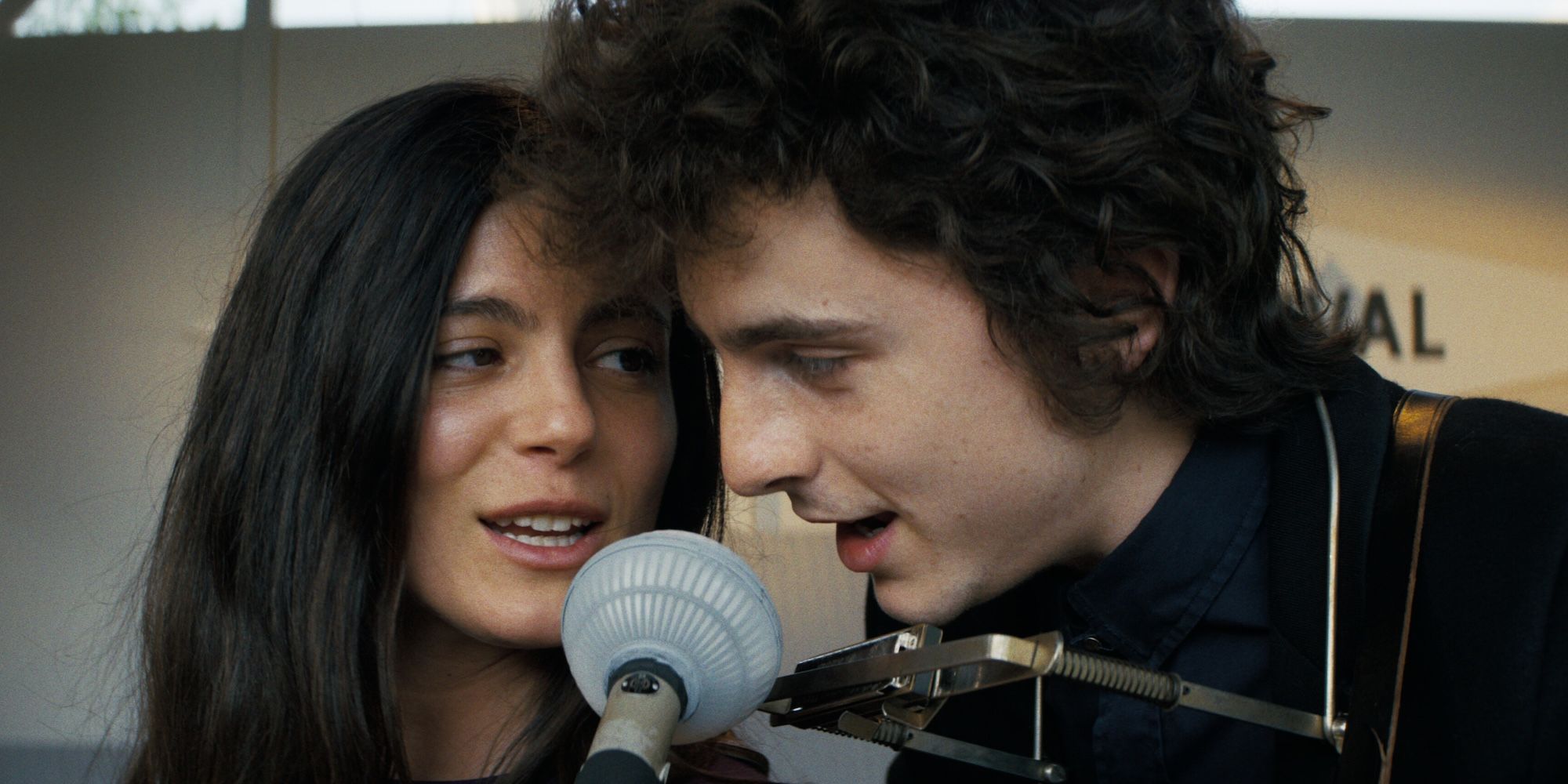 Image Via Searchlight Pictures
Image Via Searchlight Pictures
Another thing that's very impressive about your movie is the casting, because when you're casting icons like this, the pressure is through the roof. Of all the iconic musicians that you have to cast in this movie, who was the easiest to find the right fit for?
MANGOLD: Monica [Barbaro], I can tell you right now. When Monica read, I knew it was done. I knew it was done. There were so many young women who wanted to play that role — it's an attractive role to play — but Monica was the only person I really saw who demonstrated this kind of gravity that would, I thought, keep Bob on his toes or even maybe knock him back on his heels a bit, that she was, in a way, kind of ballsier than him. I didn't even know she could sing, really, better than carry a tune.
She told me she didn't know she could sing! I'm like, “How can you sing like that and not know?”
MANGOLD: That's crazy, right? But she has a great voice. She discovered it on this movie.
A Complete Unknown opens in theaters on December 25.
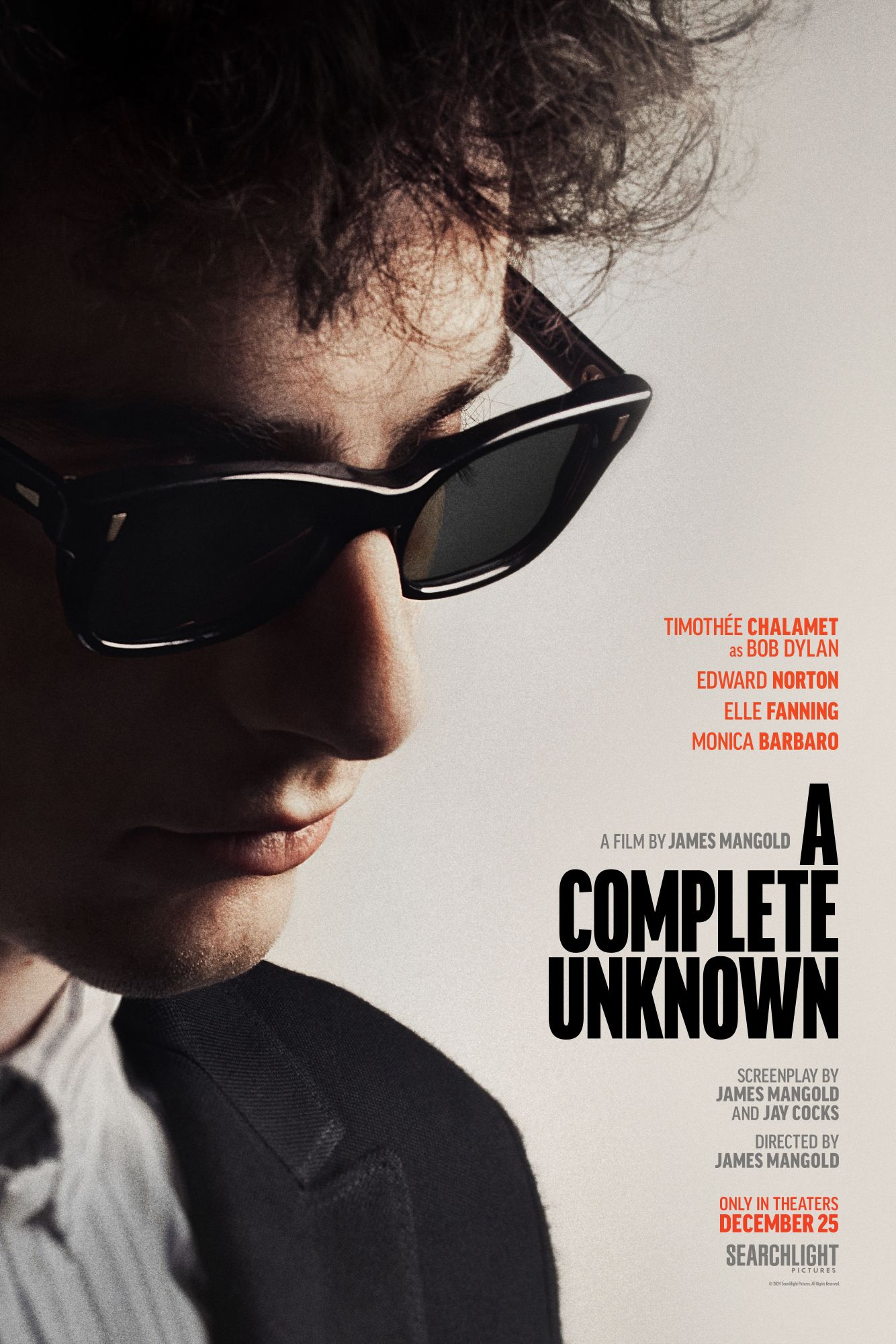
Your changes have been saved
At the Newport Folk Festival in 1965, a young Bob Dylan shakes up his act on the folk music scene by going electric and siring rock as the voice of a generation - defining one of the most transformative moments in 20th century music.
Distributor(s) Searchlight Pictures

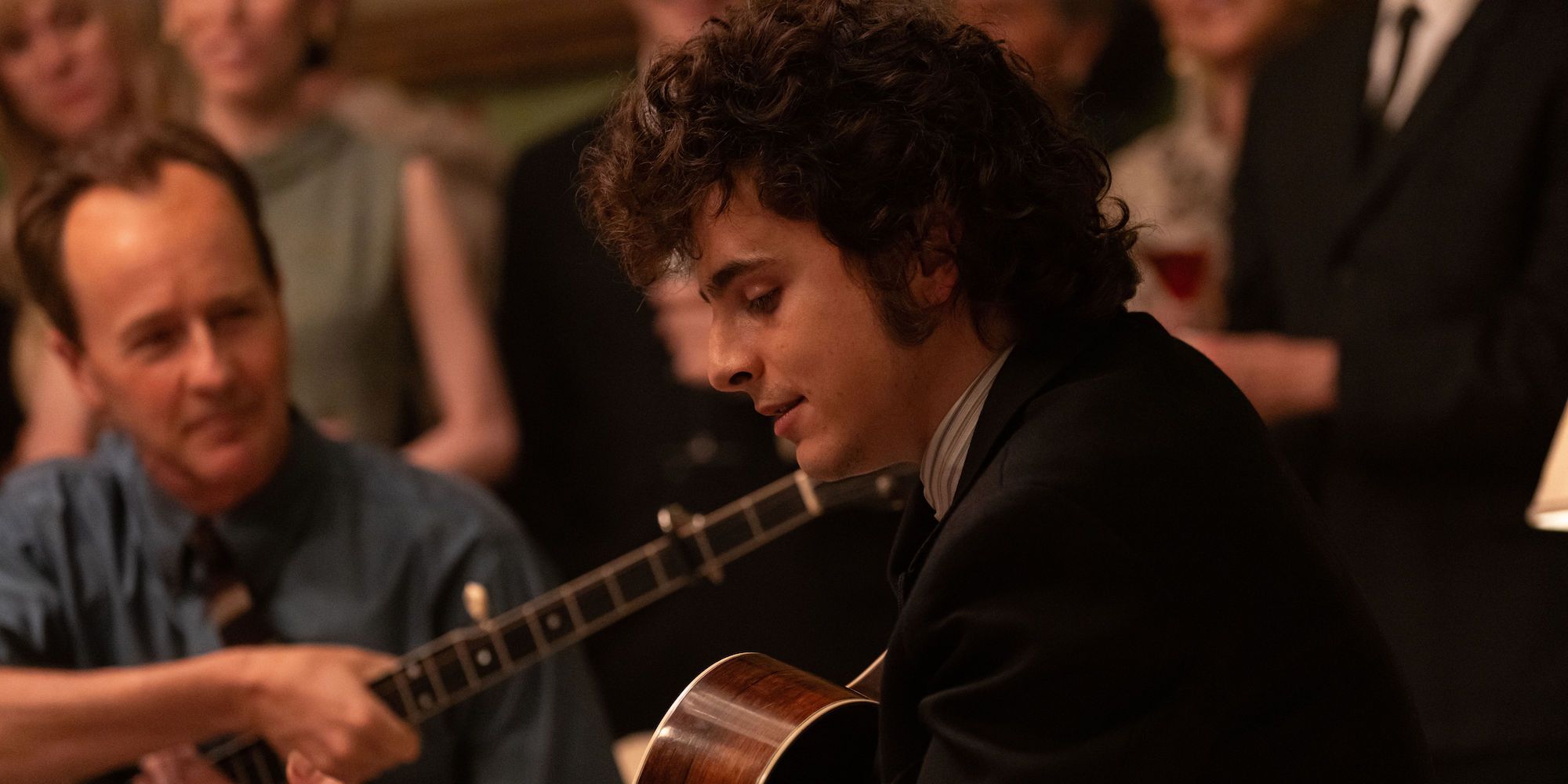
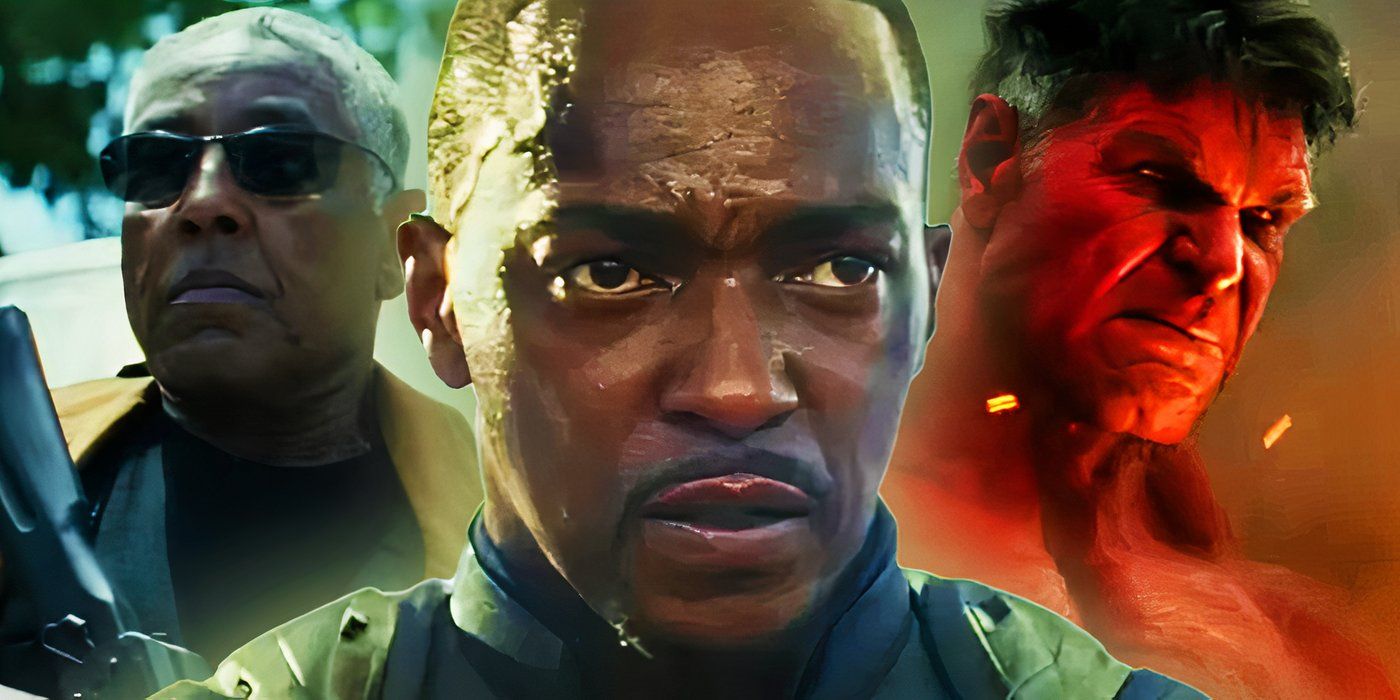
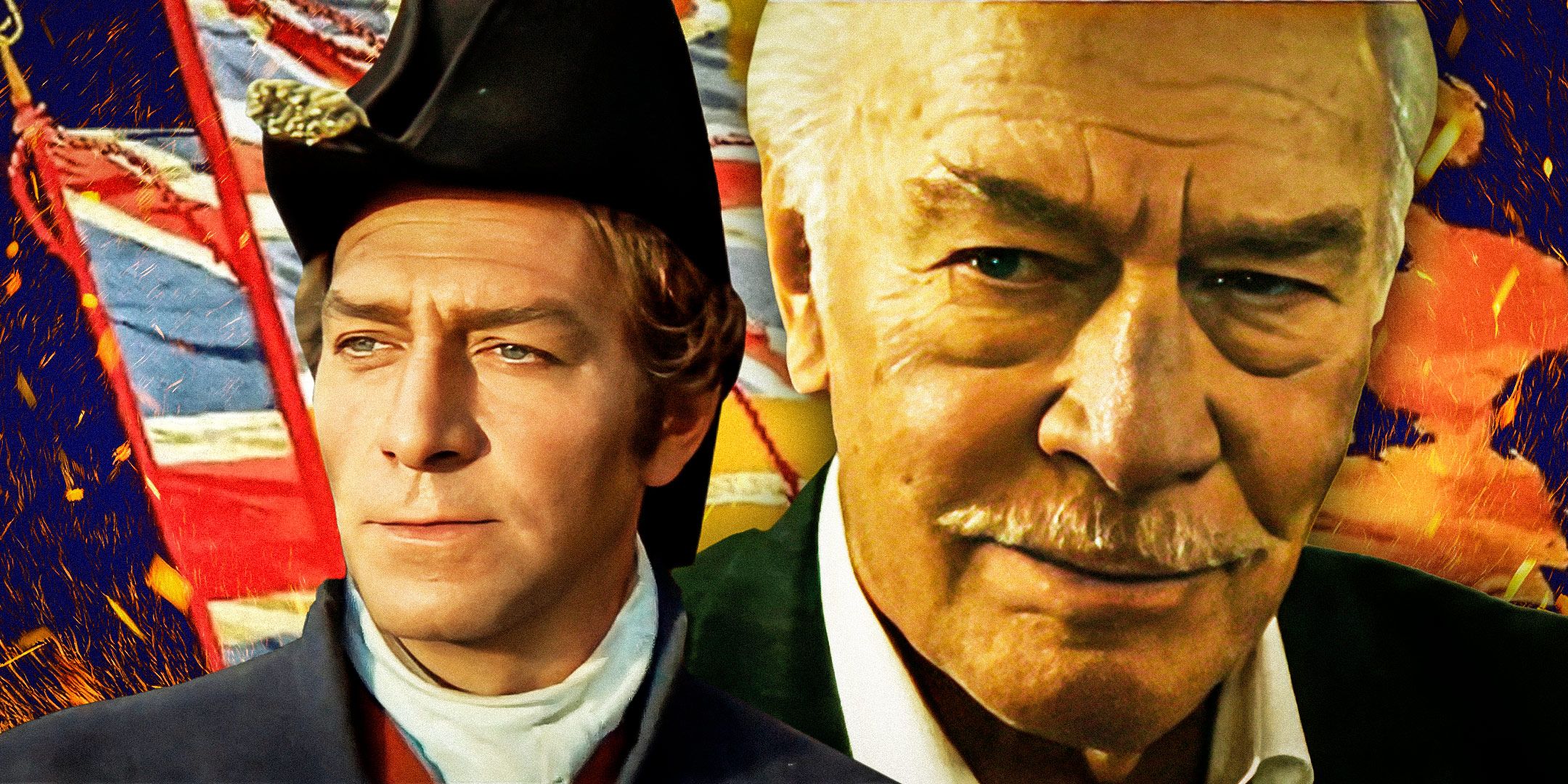






 English (US) ·
English (US) ·